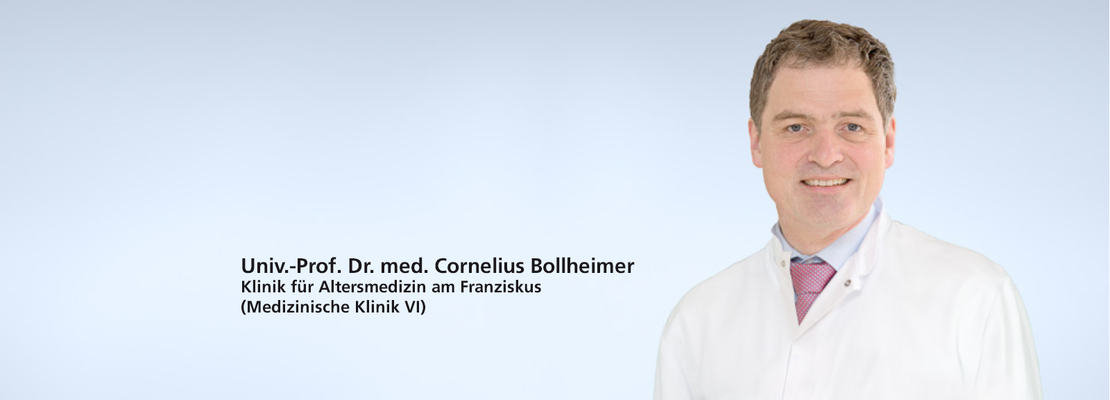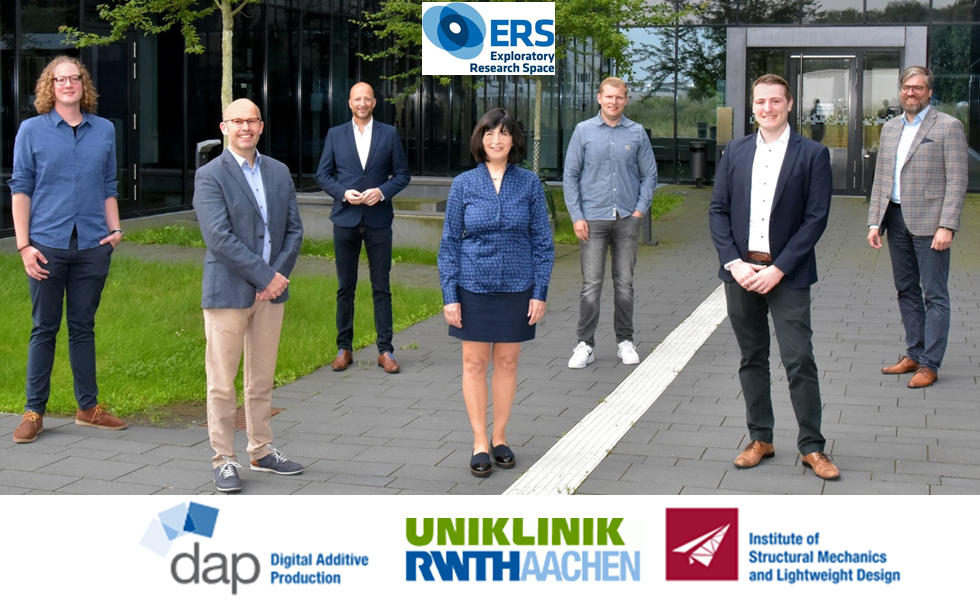Finally, the absorption properties of such implants are adjustable. This maintains the structural integrity of the implant throughout the bone healing process to ensure sufficient loadbearing if needed. After fracture healing, these implants will disintegrate within the body. Moreover, these properties make personalized bone-mimetic implants valuable for certain pediatric applications while reducing the risk of implant-associated infections.
Primary project leader Holger Jahr (Faculty 10, Institute of Anatomy and Cell Biology), and his Exploratory Research Space (ERS) project partners Mahtab Nourbakhsh (Faculty 10, Dept. of Geriatrics and Internal Medicine), Johannes Henrich Schleifenbaum (Faculty 4, Digital Additive Production), Kai-Uwe Schröder (Faculty 4, Structural Mechanics and Lightweight Design) highly appreciate the funding of the RWTH. Their 1-year-project aims at proofing that smart design principles from lightweight engineering can be realized using beyond-state-of-the-art direct metal printing technology to additively manufacture a novel type of loadbearing, fully biologically absorbable implants from improved biocompatible metal alloys.






